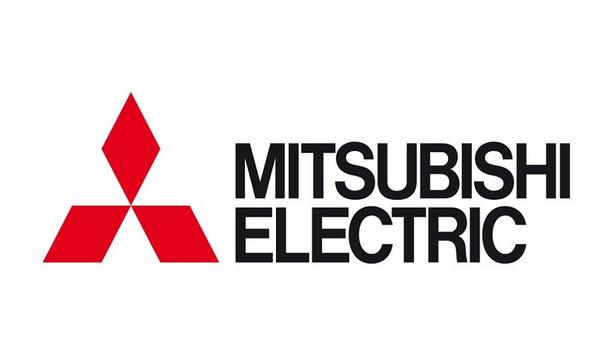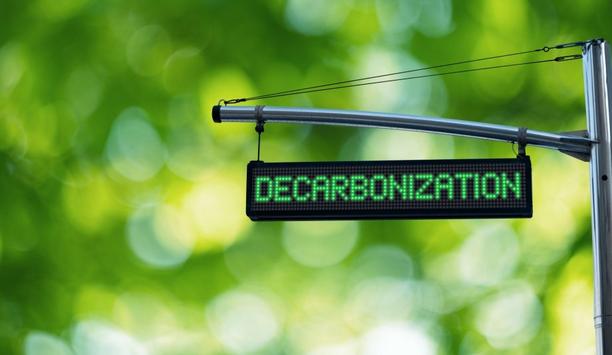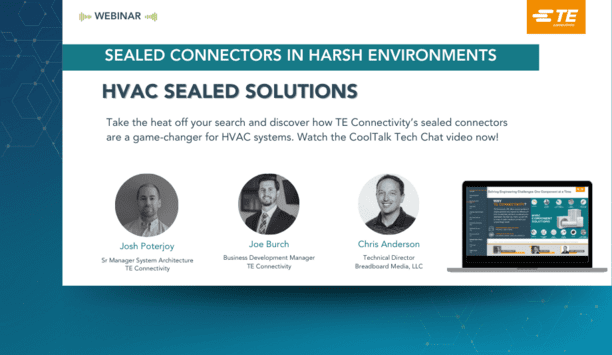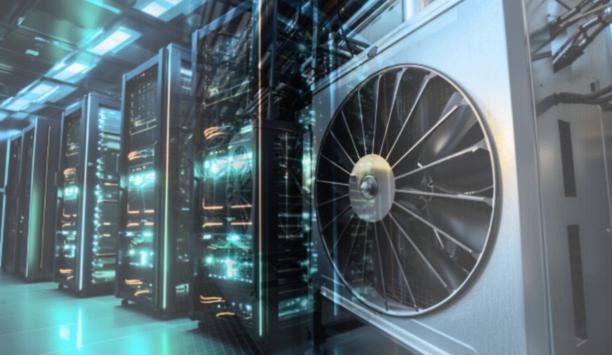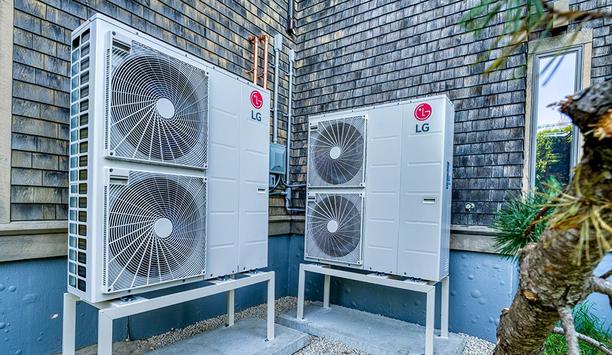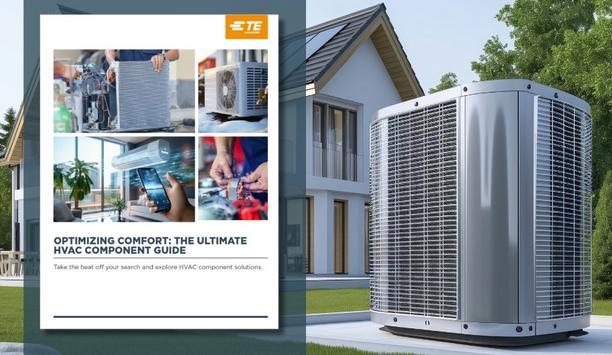This article provides an in-depth look at how to protect HVAC systems, with topics ranging from understanding the inherent vulnerabilities to implementing safety measures and investing in durable solutions.
By first understanding the potential threats to HVAC systems, such as surges, storms, and debris, one can then take steps to safeguard their system’s electronics, bolster against wind and debris damage, assess safety measures post-hurricane, and invest in resilient solutions.
Surge Protection
Surge protection is an important safeguard for the HVAC system’s electronics. It ensures that the vital parts of the home’s heating, ventilation, and air conditioning system are defended from electric current fluctuations known as “surges.”
These surges can damage the system’s wiring, resulting in costly repairs for the homeowner. Moreover, an HVAC system with unprotected electronics might experience difficulties such as reduced performance, increased utility costs, and even a shortened lifespan.
A “whole house” option
Properly installed surge protection offers added protection for the system and wiring
On the other hand, properly installed surge protection offers added protection for the system and wiring, by diverting excess electricity away from the HVAC system’s sensitive components. Furthermore, a surge protector is relatively inexpensive and easy to install.
Homeowners can choose a “whole house” option to protect their system from any electrical problems or select specific region surge protectors to guard just one room or component.
Protective strategies
In addition to surge protection, most commercial and residential HVAC systems benefit from a variety of other protective strategies. For instance, maintaining proper airflow within the home is essential, as blocked vents can lead to low airflow and negatively impact the system’s performance, leading to more strain on its parts.
Similarly, regularly scheduled maintenance can help reduce wear on the system’s parts, while also proactively catching any potential problems that may arise.
System efficiency and lifetime
Combining surge protection with regular HVAC maintenance is important to extend the efficiency and lifetime of the system. Careful installation, maintenance, and monitoring of surge protection will help ensure the HVAC system is functioning correctly.
Subsequently, it will provide users with maximum performance, cost-effectiveness, and a lengthy lifetime.
Secure the HVAC System: Bolstering Against Wind and Debris
When protecting the HVAC system from wind and debris, there are a few steps that users can take
When protecting the HVAC system from wind and debris, there are a few steps that users can take to ensure it remains secure. First off, invest in secure shutters or screens for the outside HVAC units.
These can be hand-made, store-bought, or have them custom-made to ensure an ideal fit for the HVAC. However, there are also methods of extra protection users can implement.
Reduce dust risk
Users can also inspect the grounds for any debris that may have been collected. Ensuring that it is kept clear of twigs, leaves, and debris can help reduce the risk of dust and dirt getting into the HVAC system.
If users have trees or bushes near the HVAC users should regularly trim the branches to prevent any rubbing against the system and any leaves collecting near it.
Durability
In addition, the eaves of the home should also be durable enough so as not to get battered by wind or debris. Steel and solid boards are commonly used in these cases, as they are durable against external weather conditions.
One last point is to get the HVAC system checked regularly, as well as have it serviced at least once a year. This way, any debris or corrosion can be averted before it worsens. Consequently, all of these precautionary measures mentioned can increase the longevity of the HVAC system.
Post-Hurricane HVAC Assessment and Safety Measures
Debris from the hurricane can damage the system and cause it to fail, so it is important to inspect the system
In the aftermath of a hurricane, it is essential to assess the safety of HVAC systems before re-entering a building. Moreover, structural damage to buildings can cause HVAC systems to malfunction, so they should be thoroughly evaluated before regular use. A technician should examine all mechanical components of the system such as heat exchangers and ducting.
It is also essential to check for visible signs of moisture intrusion such as corrosion and flooded components. Furthermore, debris from the hurricane can damage the system and cause it to fail, so it is important to inspect the system for clogs, blockage, or other potential issues.
Electrical and control wiring
Electrical and control wiring should also be inspected to ensure it has not been damaged. In addition, wiring should be checked for stray electrical current and shorts, due to the chance of electric shock. Similarly, compact fluorescent lamps should be examined for signs of fatigue or distress, since such lamps may be contaminated by water intrusion during a hurricane.
In contrast, the ductwork should also be checked for any water or debris contamination as well as any blockages in the supply, return, or exhaust ducts.
Check air filters
It is important to check the air filters and clean them as necessary, as this will improve the flow of air and prevent the spread of mold. Furthermore, all gas lines should be inspected for leaks and, if necessary, replaced.
It is also essential to check for proper ventilation and check all exhaust fans for proper operation. Moreover, all variably controlled dampers must be checked for proper operation to prevent air and moisture intrusions. As a result, all HVAC systems should be tested for proper operation.
Immediate repairs
After all necessary repairs and cleaning have been done, the HVAC system should be thoroughly tested
Consequently, any issues that are found must be repaired immediately to prevent any further harm. It is also essential to clean any water or debris from the system and disinfect any areas affected by moisture.
After all necessary repairs and cleaning have been done, the HVAC system should be thoroughly tested for proper operation. Lastly, the homeowner should consult with a professional engineer if there is any doubt about the safety of the system. By taking these safety measures, homeowners can ensure that their HVAC system is safe and functioning properly.
Investing in Durable HVAC Solutions
Investing in durable HVAC solutions is a wise decision for homeowners and commercial entities alike. In addition to providing a greater degree of efficient operation and comfort, these systems can also help to maintain optimal air quality without wasting energy or resources.
However, before making any decision, it is important to consider the different options available.
Heat pumps
Heat pumps are one of the most popular varieties of HVAC solutions because of their efficiency and their ability to maintain a stable temperature throughout the home. Heat pumps use electric energy to draw heat from the air outside, making them efficient to run and cost-effective.
In addition, they can help keep air quality at a higher level, since they do not depend on the circulation of air. Furthermore, they can be installed quickly and easily, and they are also very affordable.
High-efficiency HVAC systems
Consequently, these systems are a great option for those looking to reduce their environmental impact
Finally, high-efficiency HVAC systems are another option for those looking for the ultimate in comfort and efficiency. These systems are designed to operate at their highest efficiency ratings, meaning they can deliver the exact temperature the user desires without the need for excessive energy usage.
Consequently, these systems are a great option for those looking to reduce their environmental impact while still providing an efficient and comfortable environment.
Benefits and features
When it comes to investing in a durable HVAC solution, there are several different options to choose from. Heat pumps, furnaces, and high-efficiency systems are all viable options, and each provides a range of different benefits and features.
Ultimately, the choice comes down to the specific needs and budget of the homeowner or commercial entity. Regardless of the decision, though, investing in a durable HVAC solution is sure to pay off in the long run.
Keep the HVAC System Going With Air Docs
Many steps must be taken to protect and secure HVAC systems and keep them running effectively in the face of a hurricane or natural disaster.
First and foremost, it is essential to invest in a reliable surge protection system as well as durable and weather-resistant HVAC components that are designed to withstand strong winds and debris.
Safety measures
Proper maintenance, inspections, and testing should be conducted both before and after a storm hits to inspect for mechanical damage and monitor the performance of the system.
Additionally, safety measures such as proper shutoff of fuel, electrical, and gas systems should be taken to prevent fires, explosions, and other threats. With all of these steps implemented, HVAC systems can remain safe and secure for many years to come.







